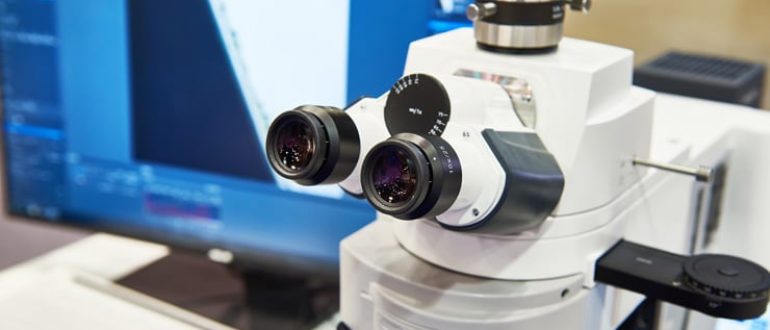In Iron Solution, we know perfectly well that one should not neglect regular inspections and normative expertise, or underestimate the risks that may arise during the operation of all metal structures. Whether your business is related to industry or construction, we will provide you with a professional non-destructive testing, service, which aim to ensure maximum safety to the construction users.
Advanced non-destructive tests
Our staff hold certificates issued in accordance with PN-EN 473 and Sector Cert is well as the second degree qualifications in the application of the UT, RT, MT, PT, VT methods. Importantly, our employees have many years of experience – when constructions that are in use are tested, it is very important to correctly interpret the test results. Not only knowledge but also many years of practice are useful here.Iron Solution specialists have seen a lot, so they have no problems assessing the degree of wear or noticing hidden defects.
We offer a wide range of non-destructive tests.
- RT radiographic testing. Depending on the needs, this method uses gamma rays or X-rays. This is probably the most accurate method of non-destructive tests, consisting in exposure of the material to radiation and then conducting photochemical treatment. The image on the film indicates and specifies possible damage to the structure.
- UT ultrasonic testing. This way of testing the structure is based on the introduction of ultrasonic waves into the material, the behaviour of which is then observed on the record and visualisation of indications. Changes in the wave amplitude or transition rate are data which allows for quick and accurate location and evaluation of possible discontinuities and defects.
- MT magnetic particle testing. In this case, the testing of welded structures is carried out with the use of magnets or magnetic benches. The method involves creating a magnetic field at cracks, rolls, porosities, laps, tears.
- PT penetrant testing. This method uses the physical phenomenon of capillarity. The test surface is covered with a specially prepared liquid (called penetrant) which fills gaps and discontinuities, thus indicating their location. For their visibility it is still necessary to cover the surface with another suspension – developer.
- VT visual testing. The basic and necessary test method, consisting in a precise inspection – often using optical tools: periscope, endoscope, videoscope, magnifying glass – of the test surface. Already on this basis, an experienced specialist can assume and give opinions about the condition of the structure.
We also carry out two types of destructive tests.
- HT hardness testing. This type of destructive testing requires pressing the hard body (indenter) on the test surface. The resulting imprint or indentation is then measured, and the results are used in calculating hardness using various methods, including e.g. Brinell or Vickers hardness tests.
- HT hardness testing with portable devices. Thanks to modern mobile equipment, we can carry out advanced hardness testing outside our laboratory.
Additionally, we offer:
- metallographic replica techniques,
- material thickness and hardness measurements,
- measurements and inspection of the thickness and quality of paint coatings (including inspection of anti-corrosion properties of paint coatings),
- various expertise.
Iron Solution – we are a company with professionals who offer not only non-destructive testing and welding services, ale but also training of welders..

